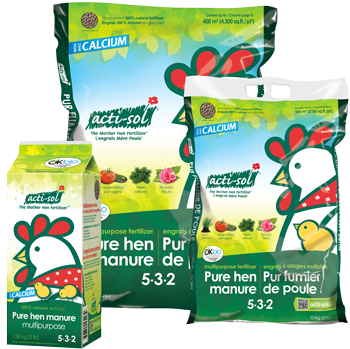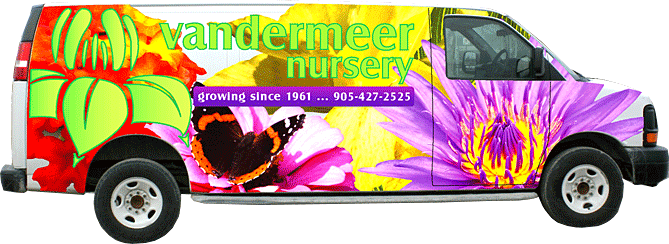BEGINNER GARDENING
UNDERSTANDING FERTILIZER
Fertilizer can seem intimidating at first, with lots of different options coming in different ratios and formulas, but it’s not as complicated as you think. Once you understand a few basic concepts, you’ll feel much more comfortable with feeding your plants!
Fertilizing your plant can help it establish its new root system, encourage new growth or blooms, or correct a nutrient deficiency. Whatever the reason, make sure you always follow the directions on the packaging, as too much fertilizer can cause burning or browning of the plant and cannot be corrected.
Keep in mind this is a basic understanding of fertilizer and how they generally affect most plants in your garden. Some specific plants have different preferences when it comes to fertilizing, so it’s always best to do a little research on your specific plant first.
NPK - Nitrogen, Phosphorus, and Potassium
All fertilizers have three numbers on the package, representing the ratio and the amount of each nutrient present. The formula will look something like this: 2-5-3. In this scenario, the “2” represents the amount of Nitrogen, the “5” represents the amount of Phosphorus, and the “3” represents the amount of Potassium.
Keep in mind, if you are looking for a specific set of numbers that was recommended and you can’t find it, you can look for something with a similar ratio. For example, if you are looking for a 10-15-10, you could also grab a 2-3-2.
Each nutrient encourages a different type of growth for the plant, and the easiest way to remember it is “up-down-all around.”
Nitrogen (up): Encourages green, leafy growth
Phosphorus (down): Encourages root growth, flowering and fruiting
Potassium (all around): Encourages all around health of the plant

Application Methods
There are a few different application methods that you can pick from, which will also determine how frequently you need to re-apply your fertilizer.
Granular: A pellet form of fertilizer that can either be applied to the bottom of the hole when you plant or top of soil and raked in slightly. This form is considered “slow-release” and will disintegrate slowly over the span of a few months, so they need to be applied much less frequently than the water-soluble form.
Water-Soluble: A powder form of fertilizer that is mixed into your water, and then watered into the soil. This form is immediately available to the plant, and will need to be applied much more frequently than the granular form.
Transplant Fertilizer
While there are lots of different fertilizers available, transplant fertilizer is always a good product to apply to newly-planted plants, whether they are trees, shrubs, or perennials. It will encourage root growth rather than leaf growth, which is essential to establish the plant’s root system before it goes dormant for the winter months. As with any other fertilizer, it is available in both granular and water-soluble forms. Products may be labelled as plant starter or transplanter but you can also use bone meal, which is a natural fertilizer that encourages root growth.




